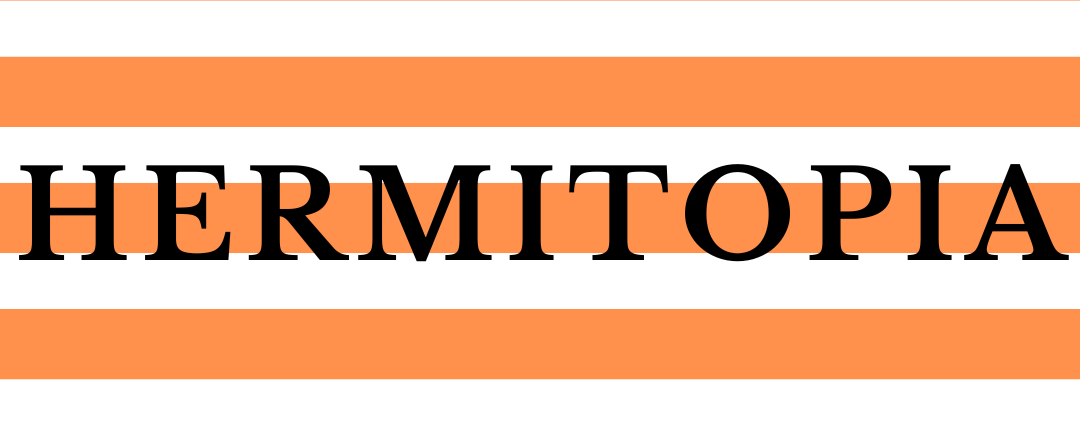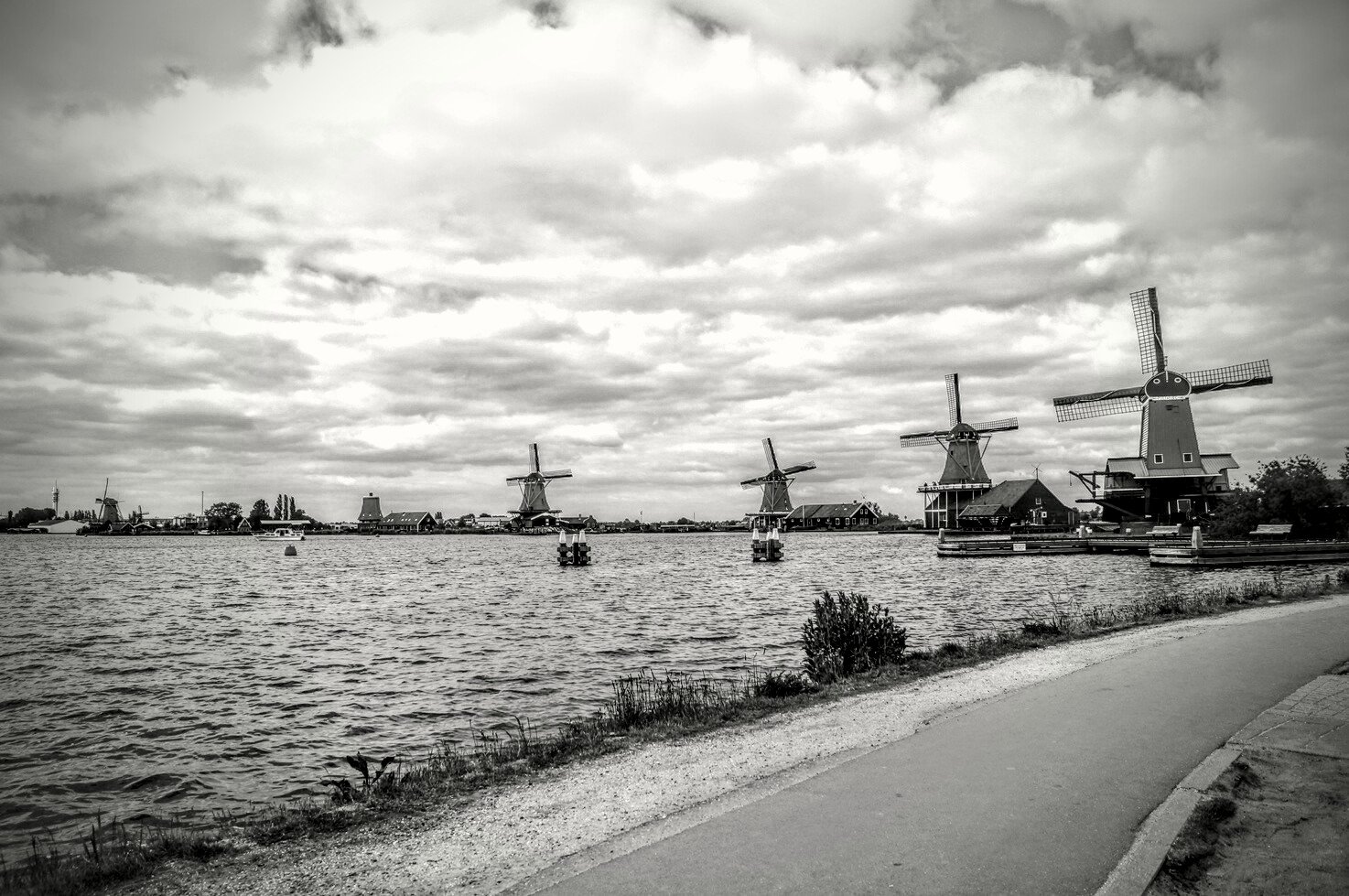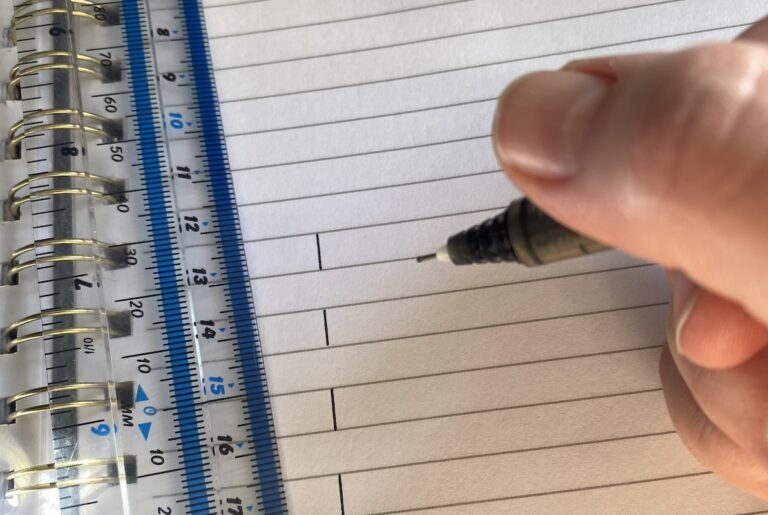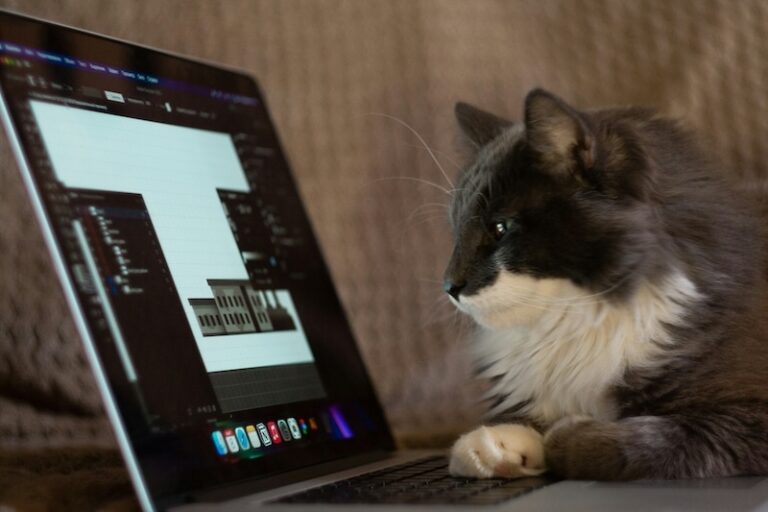Why you need a Goal Map and how to get started – a beginner’s guide
Another New Year’s Day has come and gone, and the resolutions you had been so determined to hold tightly having been slipping through your fingers like Gak (yes, that’s a millennial reference). Maybe you thought they would stick this time. Maybe you never set goals of any kind anymore. Your plans failed before, why would they work now?
They work when you swap the plan for a map – a map that will show you where you’re going, how to get there, and that lights up the action centres in your brain along the way!
So how does a goal map work?
Let me tell you all the basics you need to get started on your first goal map, including:
- What is a goal map (and how I went from thinking it’s dumb, to showing it some love every day)
- How a goal map works to get to your goals faster (and to uncover what your goals are!)
- How to find the type of goal map that suits you and create your map for FREE!
Ready to find the path towards your goals?
What is a goal map?
A goal map is a visual representation of what you are hoping to achieve, what behaviours will help you get there, and what other supports exist to work with you towards your result. It also includes the most important element – your “why”.
Why should I have a goal map?
If you want to reach your goals faster, and clearly understand how to do it, a goal map can help because:
- It helps you break your goal into smaller steps: By setting goals (and laying out the steps you need to take), you are more likely to achieve them.
- It activates multiple parts of your brain: When you put your goal map in words and pictures, it makes associations in multiple parts of the brain and keeps you engaged with it longer.
- It keeps you in touch with your “why”: There has to be a reason why you want this goal. Keeping that “why” in your mind every day helps you stay motivated.
How does a goal map work?
- Identify what you want and why: This should be the easiest part, but sometimes it’s not. Who do you want to be? What does your future self look like? This involves identifying what you want to achieve in various aspects of your life, such as career, relationships, health, and personal development. You can have all of this on one map, or you can make different maps for different areas. For example, I have one for my personal life and one for this blog. Regardless of which medium you use, you still need to know what your central core goal is, the most important thing you want to achieve to bring you closer to the life you want.
Your “why” is what will carry you forward when your motivation is dwindling. - Visualisation and Affirmations: Once you’ve identified your goals, you visualise them as if they’ve already been accomplished. This step helps in reinforcing your commitment to your goals and activating your subconscious mind to work towards achieving them. These phrases should be written in present tense, as if you have already achieved what you want. Write “I am” (e.g. “I am strong”), but if you find this difficult with connect with, try Arnold Schwarzenegger’s wording (said into a mirror): “I see” (e.g. “I see a strong person”). “I am”, “I can”, “I have” – all your goals should be written as existing in the now, because goal mapping emphasises the use of positive language and affirmations to reinforce belief in your ability to achieve your goals. Affirmations are statements phrased as if the goal has already been achieved, prepping your subconscious mind for success.
You may have heard of SMART goals, and ideally you would use this approach. But the most important aspects of a good goal here is that your “why” is true to you, and that your goal is something you can identify the you get there. How will you know that you have achieved your goal? A goal like “I am strong” is too vague, how will you know you have achieved it? Perhaps this could be “I am strong enough to do 50 push-ups without stopping.” - Creating the Map: The goal map itself is a visual representation of your goals and the steps required to achieve them. It usually consists of a key theme representing your primary goal, accompanied by branches or paths representing the steps you need to take to reach that goal. For visual boards like Brian Mayne’s Goal Mapping, or a vision board in hard copy or on Canva, these will be clearly connected. On a list-based goal map like a Trello board, these won’t appear to connect but should still look somewhat sequential.
As you put your goal map together, you will need to add images to your words. By putting images with the words, you are activating different parts of your brain which helps keep your goals active in your mind, which leads to the Baader-Meinhof phenomenon. What is this? It’s also called “recency bias”, meaning that when something is in your mind, you are more likely to notice things around you that support your thinking. This is great for reaching your goals because it means that you are more likely to notice opportunities that are compatible with your goals. - Breaking Down Goals: Each goal is broken down into smaller, manageable steps or milestones. These steps are crucial for providing clarity on what needs to be done and for tracking progress towards the larger goal. If this feels overwhelming, go back to your central goal. Maybe it’s too big to be able to connect with as your core goal. For example, if your goal is to publish a novel, there are a lot of steps before that. Maybe setting the big goal as “Finish first draft” will be easier to connect with, and the smaller steps could be “Write 500 words each day”.
- Regular Review and Adjustment: Goal mapping is not a one-time activity but a continuous process. It’s essential to regularly review your goal map, track your progress, and make adjustments as needed. This ongoing reflection ensures that you stay focused and aligned with your goals. If you aren’t feeling emotionally connected with it, make a few tweaks. Either adjust the goal (see the step above), or adjust the images to ones that inspire you, whether these are from a free source such as Pixabay or Pexel, or upload your own photos.
Look at your goal map at least once per day, and really remind yourself of your “why’s”. Why do you want these goals?
Overall, goal mapping combines elements of goal setting, visualisation, positive affirmations, and action planning to help individuals turn their aspirations into reality. It provides a structured approach to goal achievement while also incorporating elements of creativity and mindfulness.
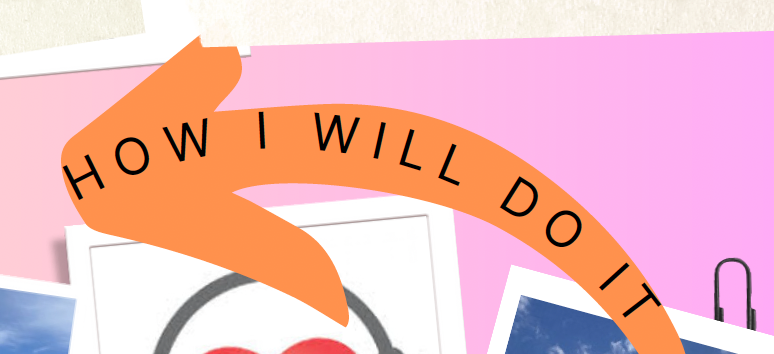
How to get started with your first Goal Map
There are a few good resources available for you to get started on your first goal map
- Brian Mayne’s Goal Mapping: Brian’s been doing this for years, and while I will admit that when I first used his website I felt it wasn’t my style, the built-in tutorial is a good foundation for the concept of goal mapping. He’s made a living out of goal mapping for a reason! The basic level is of access for Brian Mayne’s Goal Mapping is free.
- Trello: Trello is a project management system based on images and tasks. Okay, that doesn’t make it sound very fun, but it’s a great way to create lists and add pictures and can feel a bit more organised than Brian’s map. YouTube has tutorials on how to get started, and I have created a Trello template here (based on the ideas from Brian Mayne). If you’re following Slimpod, this is the template that is often mentioned. The basic level is of access for Trello is free.
- Canva: Canva is a website for creating engaging visual content. you can find all sorts of templates for vision boards and habit trackers. On Canva you can create a goal map, or create and print trackers to complement a goal map created elsewhere. The basic level is of access for Canva is free.
Which map is right for you?
Have a look at each of the templates and see if any jump out to you. You can also see my goal map in each version as well:
- Ellie’s Goalmapping with Brian Mayne goal map
- Ellie’s Trello goal map (this version is editable, so please make your own copy first!)
- Ellie’s Canva goal map
Which one works best for you? Or do you have any other tool that you like for goal mapping? Let me know in the comments!
